Lithograph, 1976. DImensions: 57x78 cm. Lithograph in colors - Signed in pencil lower right - Numbered in pencil lower left (there were also 15 artist’s proofs) - Printed at the Curwen Studio, London and published by Galleria Marino, Rome . Famous above all as a sculptor, Henry Moore experimented with various graphic techniques throughout his career. In the 1970s he produced a number of lithographic variations on the theme of a reclining figure, and this 1976 lithograph may be considered as part of that body of work. Catalog Raisonne Ref. Cramer 439 Henry Moore (Castleford, July 30, 1898 – Much Hadham, August 31, 1986) Henry Moore was born in Yorkshire in 1898 to a humble family but nonetheless he was able to receive an education; first, at the Leeds Art School and later at the Royal College of Art in London. He takes part in the First World War. In 1925, he makes several trips in Europe thanks to a scholarship. Once he returned to his homeland, with the cultural impulses acquired abroad- observations and study of the artistic experiences from the Renaissance to Cubism-he begins his personal sculptural experience. In 1928, he holds his first solo exhibition at the Warren-Gallery in London. At first, his sculptures were characterized by an archaic style but, subsequently, after adhering to the surrealist movement, his work assumes an element of irrationality as well as the use of compositive techniques that testify his contact with the abstractionist environments. In fact, he collaborates with the “Circle” manifesto along with abstractionists Naum Gabo and Ben Nicholson. In 1945, he receives a degree honoris causa in Literature from the University of Leeds. The following year, the Metropolitan in New York hosts a large retrospective show of the artist. In 1948, he wins the International Sculpture Prize at the XXIV Venice Biennial. In the following years, he receives a degree honoris causa in Literature from the University of London, a degree in Fine Arts from Harvard and subsequently, a degree in Law from Cambridge University. At the II Biennial in Sao Paulo Brazil, he wins the International Sculpture Prize. In forty years, Moore produces approximately 200 prints, but already after 1973, he exceeds this number as well.
Litografia, 1976. Dimensioni: 57x78 cm. Litografia a colori - Firmata a matita in basso a destra - Numerata a matita in basso a sinistra (erano presenti anche 15 bozze d'artista) - Stampata presso il Curwen Studio, Londra e pubblicata dalla Galleria Marino, Roma . Famoso soprattutto come scultore, Henry Moore ha sperimentato varie tecniche grafiche nel corso della sua carriera. Negli anni Settanta del secolo scorso ha realizzato una serie di variazioni litografiche sul tema della figura reclinabile, e questa litografia del 1976 può essere considerata parte di quel corpus di opere. Catalogo Raisonne Ref. Cramer 439 Henry Moore (Castleford, 30 luglio 1898 - Much Hadham, 31 agosto 1986) Henry Moore è nato nello Yorkshire nel 1898 da un'umile famiglia ma ha potuto comunque ricevere un'educazione; prima alla Leeds Art School e poi al Royal College of Art di Londra. Partecipa alla prima guerra mondiale. Nel 1925, grazie a una borsa di studio, compie diversi viaggi in Europa. Una volta tornato in patria, con gli impulsi culturali acquisiti all'estero - osservazione e studio delle esperienze artistiche dal Rinascimento al Cubismo - inizia la sua personale esperienza scultorea. Nel 1928 tiene la sua prima mostra personale alla galleria Warren-Gallery di Londra. Inizialmente le sue sculture sono caratterizzate da uno stile arcaico ma, successivamente, dopo aver aderito al movimento surrealista, il suo lavoro assume un elemento di irrazionalità oltre che l'uso di tecniche compositive che testimoniano il suo contatto con gli ambienti astrattisti. Collabora infatti con il manifesto "Circle" insieme agli astrattisti Naum Gabo e Ben Nicholson. Nel 1945 riceve la laurea honoris causa in Letteratura dall'Università di Leeds. L'anno successivo, il Metropolitan di New York ospita una grande retrospettiva dell'artista. Nel 1948 vince il Premio Internazionale di Scultura alla XXIV Biennale di Venezia. Negli anni successivi, riceve una laurea honoris causa in Letteratura dall'Università di Londra, una laurea in Belle Arti da Harvard e, successivamente, una laurea in Giurisprudenza dall'Università di Cambridge. Alla II Biennale di San Paolo del Brasile vince il Premio Internazionale di Scultura. In quarant'anni Moore produce circa 200 stampe, ma già dopo il 1973 supera anche questo numero.
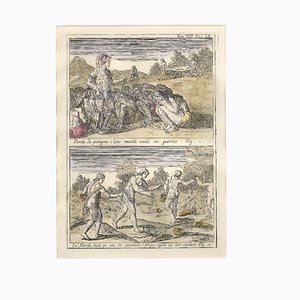
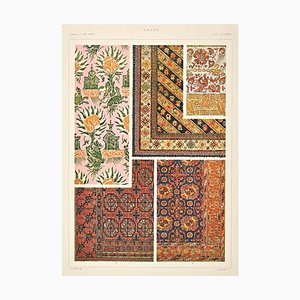
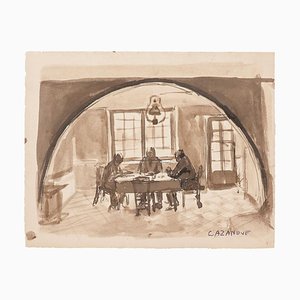

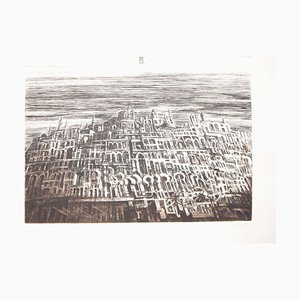
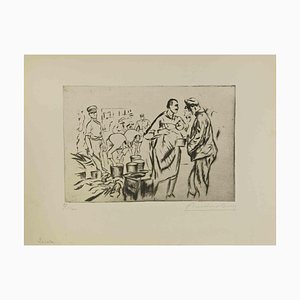

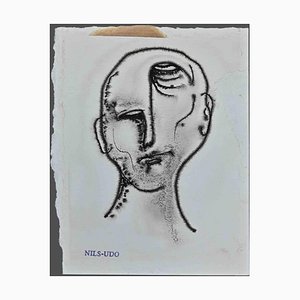
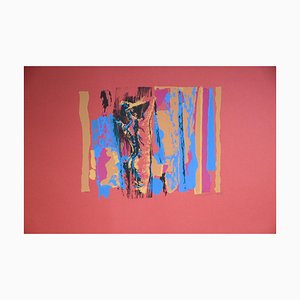

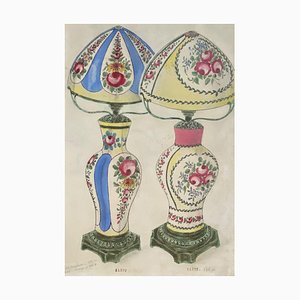
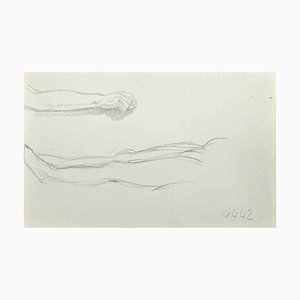
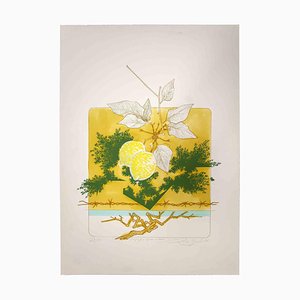
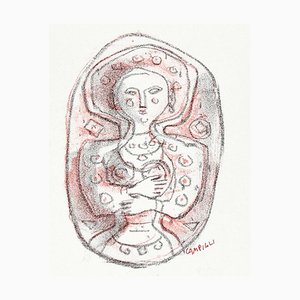
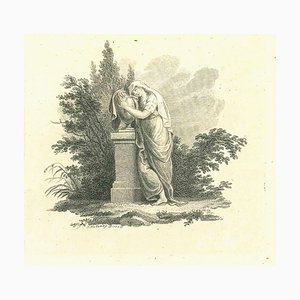
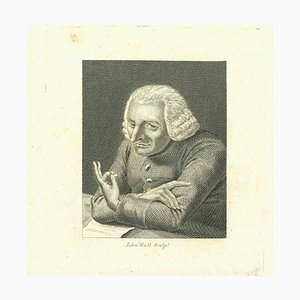
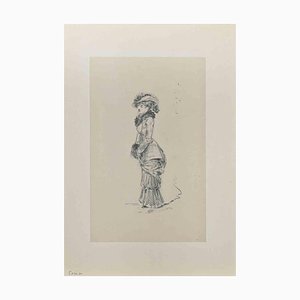
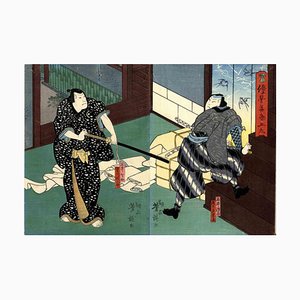


Contattaci
Fai un'offerta
Abbiamo notato che sei nuovo su Pamono!
Accetta i Termini e condizioni e l'Informativa sulla privacy
Contattaci
Fai un'offerta
Ci siamo quasi!
Per seguire la conversazione sulla piattaforma, si prega di completare la registrazione. Per procedere con la tua offerta sulla piattaforma, ti preghiamo di completare la registrazione.Successo
Grazie per la vostra richiesta, qualcuno del nostro team vi contatterà a breve.
Se sei un professionista del design, fai domanda qui per i vantaggi del Programma Commerciale di Pamono